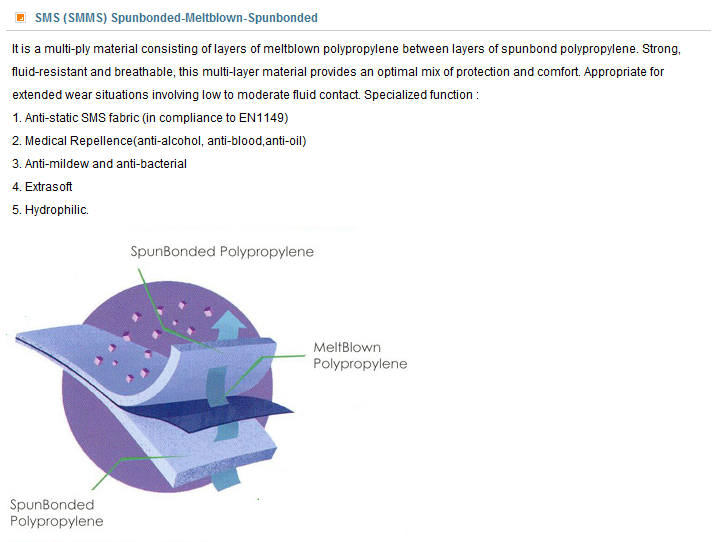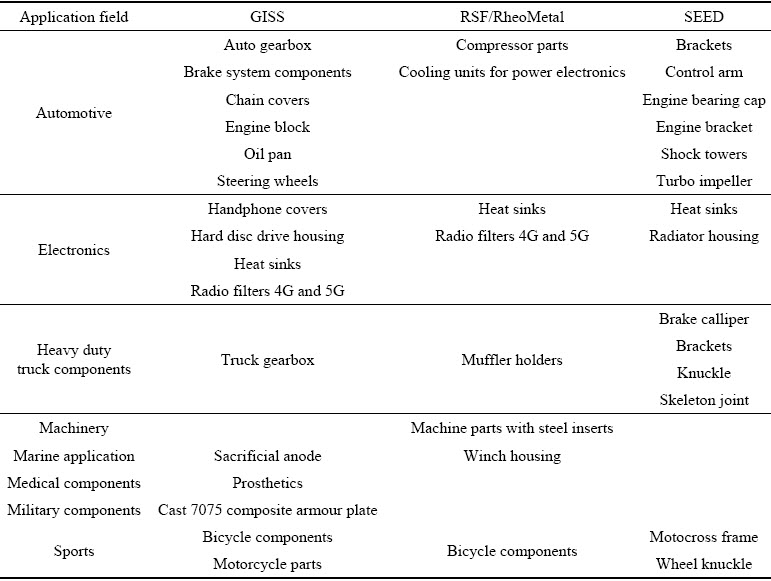Title: Silk Detection Methods
Silk Detection MethodsSilk, also known as "the queen of fabrics," has a unique texture and feel that can be easily distinguished from other fabrics. However, with the development of technology, some synthetic materials have been produced that imitate the appearance and texture of silk, making it difficult for consumers to identify real silk. Therefore, it is necessary to explore various silk detection methods to ensure the authenticity and quality of silk products.One of the most common silk detection methods is to examine the surface texture of the fabric. Silk has a natural, smooth surface that is difficult to imitate. When touched, it feels soft and silky, with a certain degree of elasticity. Additionally, silk fabrics have a unique sheen that cannot be replicated by synthetic materials.Another method is to test the fabric's burn properties. Silk has a high level of protein and is easily burned. When a small piece of silk is burned, it will shrink and turn into a black ball, with a characteristic burning smell. This burning behavior can also be used to detect silk.Moreover, there are some advanced silk detection methods, such as using infrared spectroscopy or Raman spectroscopy. These techniques can identify the specific molecular structure of silk and distinguish it from other materials. However, these methods are usually employed by professional textile inspectors or in scientific research.In conclusion, ensuring the authenticity and quality of silk products requires a combination of various silk detection methods. Consumers should be vigilant when purchasing silk products and seek for reliable brands or sources to avoid being deceived.
Silk, also known as "Queen of Textiles", is a natural protein fiber produced by certain insects, primarily by the silkworm. It has numerous applications in various industries, including clothing, accessories, and even medical fields. The quality of silk can vary depending on the source, breed, and growing conditions of the silk-producing insect. Therefore, it is essential to have reliable and accurate silk detection methods to ensure the quality and authenticity of silk products.
One of the most common silk detection methods is the use of a microscope. Silk fibers can be examined under a microscope to determine their shape, size, color, and other physical characteristics. This method is relatively simple and inexpensive, but it may not be as accurate as some of the more sophisticated techniques.

Another popular silk detection method is the use of infrared spectroscopy. This technique involves shining infrared light on the silk sample and analyzing the light that is absorbed or reflected. The pattern of absorption peaks can provide information about the silk's chemical structure and purity. This method is relatively accurate and can be used to identify silk that has been adulterated or blended with other fibers.
Another silk detection method is the use of Raman spectroscopy. This technique involves using a laser to illuminate the silk sample and analyzing the scattered light. The pattern of scattered light can provide information about the silk's chemical structure and can help to distinguish silk from other fibers. This method is also relatively accurate and can be used to identify silk that has been treated or processed in different ways.
Finally, there are also some less common but specialized silk detection methods that can be used in specific circumstances. For example, some researchers have used atomic force microscopy to study the surface structure of silk fibers. This technique provides a high-resolution image of the surface and can help to understand the interactions between silk fibers and other materials.

In conclusion, there are multiple silk detection methods that can be used to ensure the quality and authenticity of silk products. The choice of method depends on the specific needs and circumstances of the test. Microscopy, infrared spectroscopy, and Raman spectroscopy are all commonly used techniques that provide reliable and accurate results. However, it is important to note that these methods may not always provide definitive answers in all cases. Therefore, it is essential to use these methods in combination with other techniques and resources to ensure accurate and reliable silk detection results.
Articles related to the knowledge points of this article:
Title: Matching a Grey Suit with a Tie: The Ultimate Guide
Title: The Art of Minimalism: A Masterpiece in Plain Ties
Title: The Art of Tie Selection: Should a Groomsman Wear a Tie or Bow Tie for the Wedding?
Title: Mastering the Art of Dress Suit Tie Knots: A Guide to Creating a Perfect Formal Look
Childrens Winter Coat Pictures: A Visual Journey Through Fashion for Kids



